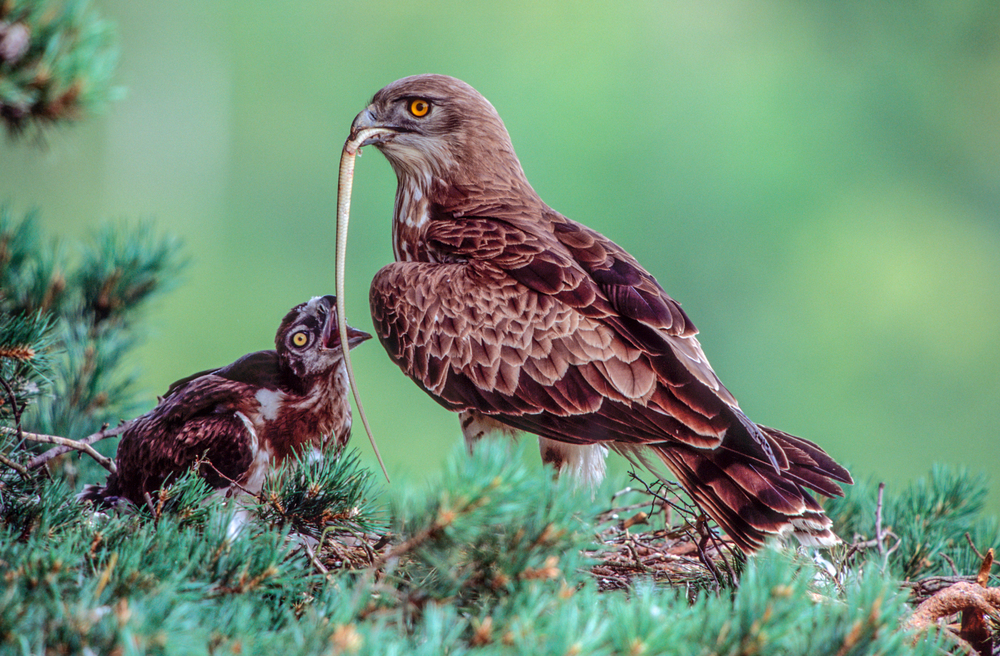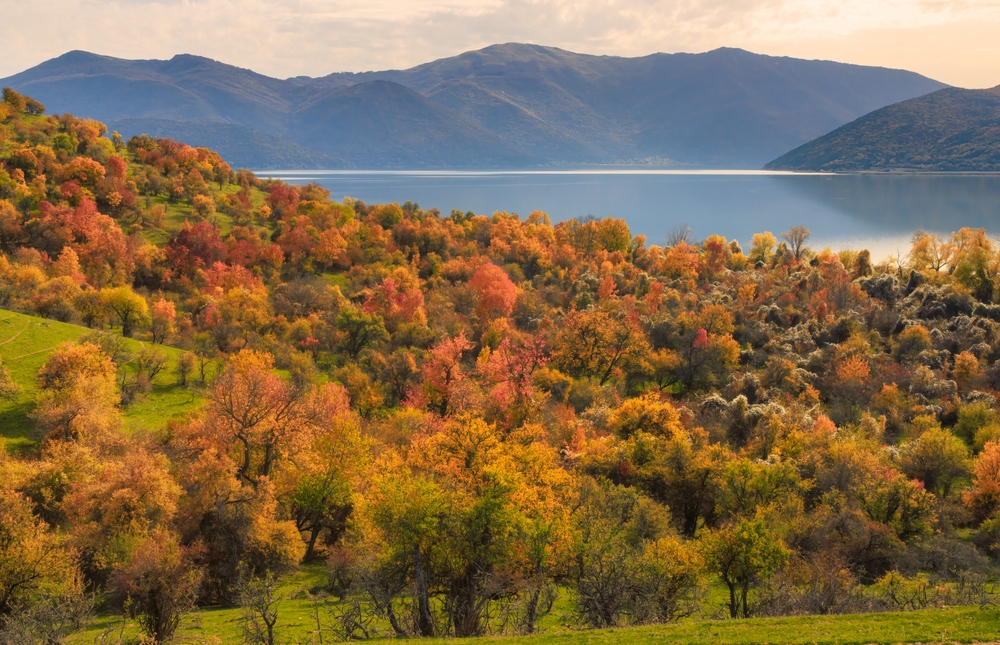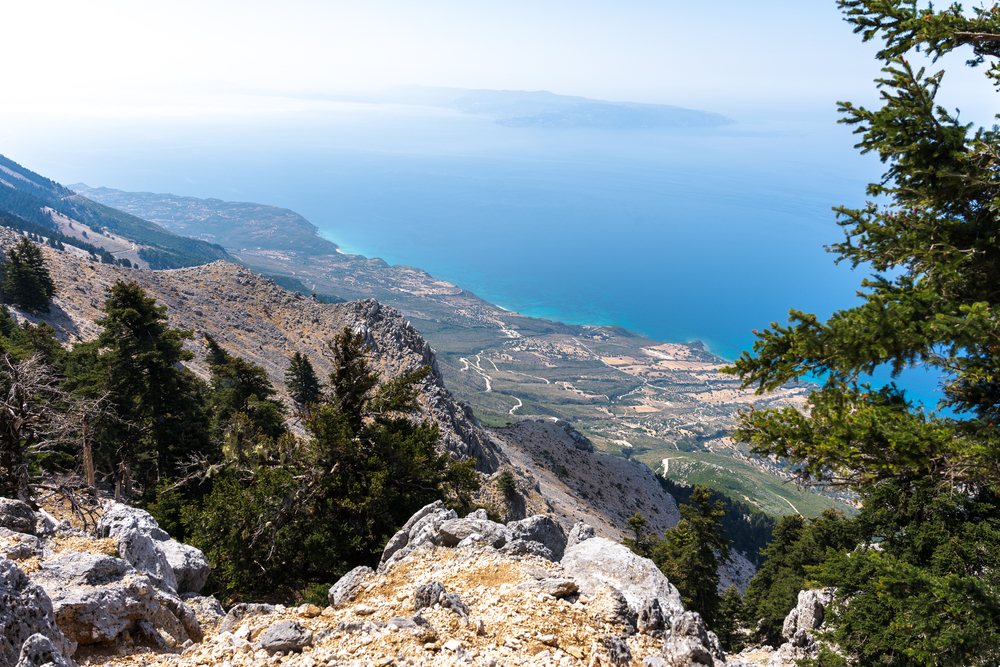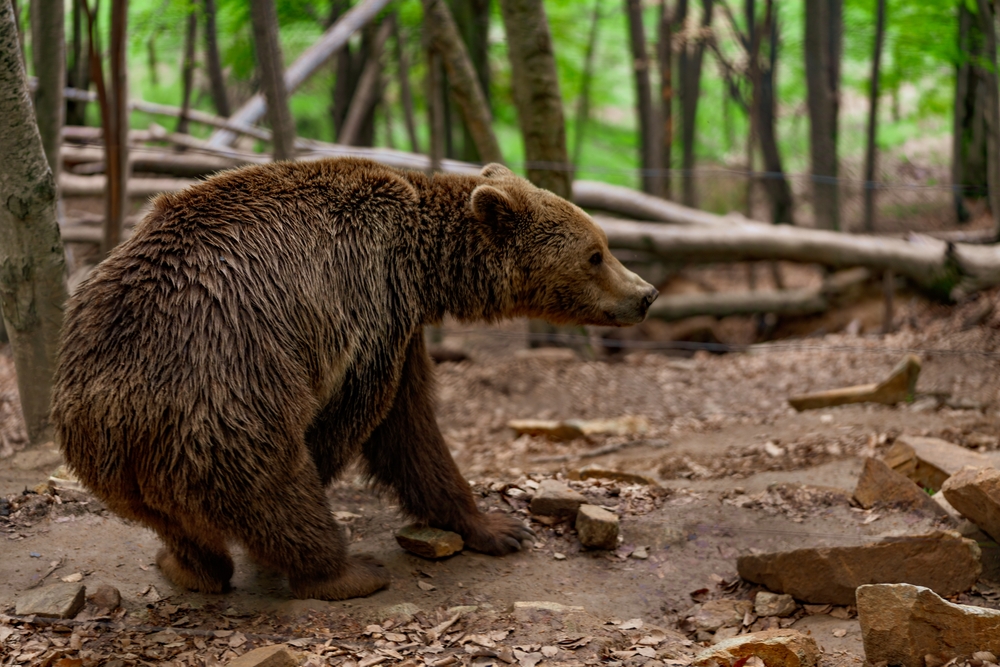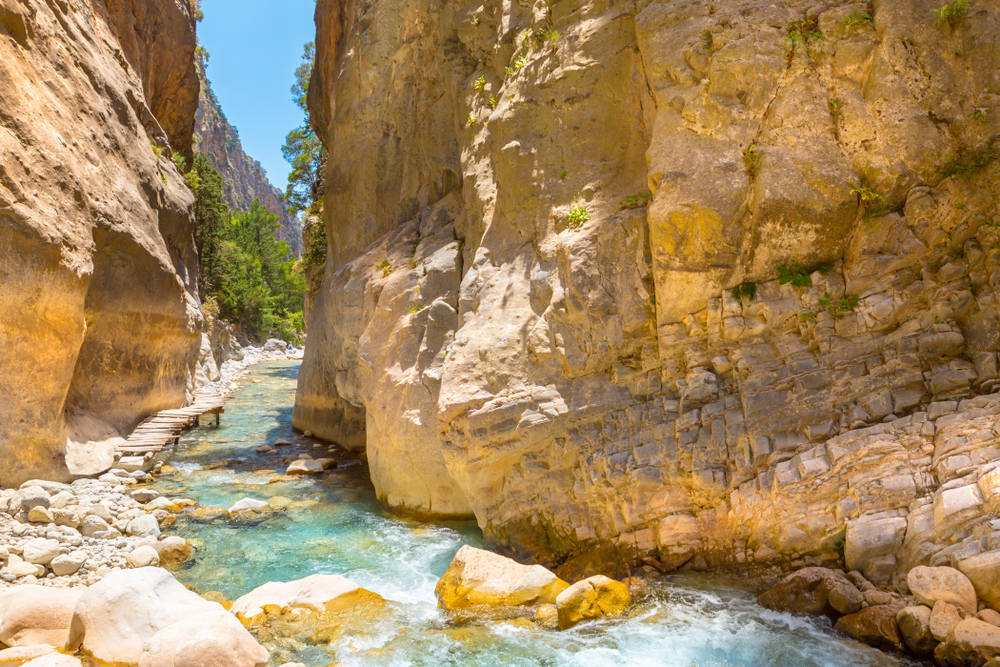Mount Parnitha Overview
Mount Parnitha National Park, known locally as Εθνικός Δρυμός Πάρνηθας, is a protected natural area in Greece, located just 25 miles (40 km) north of Athens.
Covering approximately 116 square miles (300 square kilometers), this park serves as one of the most significant green lungs for the Athens metropolitan region. It is characterized by diverse landscapes, ranging from rugged mountain peaks and deep gorges to dense forests and open plateaus.
The highest peak, Karavola, reaches an elevation of 4,636 feet (1,413 meters), offering stunning panoramic views of the surrounding countryside. The park features numerous caves, such as Pan’s Cave, as well as beautiful springs and seasonal streams that flow through its valleys. Throughout the park, visitors can find a mix of vegetation, including fir forests, pine woodlands, and low shrubs, which provide a rich and varied habitat for wildlife.
The park is home to an impressive array of wildlife, with one of its most notable inhabitants being the red deer, which is among the last remaining populations in Greece. Other mammals in the park include foxes, wild boars, badgers, hares, and several species of bats that inhabit its caves and rocky crevices.
The birdlife in Mount Parnitha National Park is equally remarkable, with over 130 recorded species. Raptors such as golden eagles, peregrine falcons, and long-legged buzzards can often be seen soaring over the mountain slopes, while smaller birds like woodpeckers, owls, and partridges inhabit the dense forests. The park also supports a variety of reptiles and amphibians, including tortoises, lizards, and frogs, contributing to its diverse ecosystem.
One of the most popular features of Mount Parnitha National Park is its extensive network of hiking trails, which range from easy walks to challenging ascents. Many visitors enjoy the ascent to the Bafi and Flabouri mountain refuges, which offer accommodation and rest stops for hikers.
The park is also home to the historic Monastery of Kleiston, built within a gorge, adding a cultural dimension to the natural beauty. Additionally, the Tatoi Estate, a former royal palace, is located on the lower slopes of the park and provides an interesting historical site for exploration.
Many visitors are also drawn to the park’s caves, particularly Pan’s Cave, which has historical and mythological significance.
Hiking, mountain biking, and rock climbing are among the most popular activities for visitors. The park’s well-marked trails provide access to scenic viewpoints, caves, and historical landmarks. Birdwatching is also a favored activity, particularly for those interested in spotting rare raptors.
The park’s natural springs and picnic areas make it a great destination for a more relaxed experience in nature, while the refuges provide opportunities for overnight stays. During winter, snowfall transforms the park into a picturesque setting, attracting visitors for snowshoeing and mountaineering.
One of the biggest conservation challenges Mount Parnitha National Park faces is the threat of wildfires, which have significantly impacted the park’s forests in recent decades. The devastating fires of 2007 resulted in the loss of large sections of fir forest, affecting local biodiversity.
However, extensive reforestation efforts have been implemented to help restore the park’s ecosystem. Conservation efforts also focus on protecting the red deer population, which has faced threats from habitat loss and poaching. Despite these challenges, the park remains a well-managed and cherished natural area, with ongoing initiatives to ensure its preservation for future generations.











































































